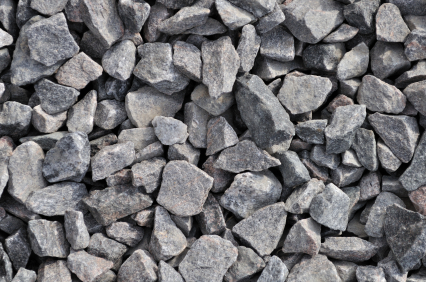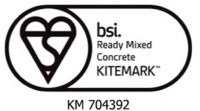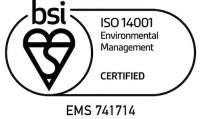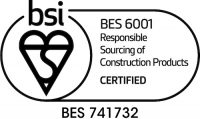When we think of recyclable materials in our homes and businesses, there are some that often spring to mind: paper, cardboard, wood and some types of metal. However, for a commonly-used material in various construction projects, concrete is rarely thought of as a recyclable material. In truth, though, concrete can be recycled – size permitting – and we’re going to run through the various ways that you can do so.
How do you recycle concrete?
Before we get on to what you can do with recycled concrete, we’re going to look at how exactly the material is repurposed.
To recycle concrete, heavy-duty machinery is required: in this case, crushing equipment with giant jaws and impactors. The concrete is crushed and impacted, and then screens come into play, which help separate the useful material from dirt and particles within the mix. The first screen does the separating, and then the second screen removes coarse aggregate.
Should they be necessary, water flotation, magnets and separators can be used to further remove unwelcome materials from the concrete.

What are the benefits of concrete recycling?
So we’ve gone through how it’s done, now it’s time to look at why you should recycle your concrete.
Environmental impact
Firstly, it reduces the construction waste generated by your project, helping to keep landfill usage down, thus extending their lifespan. There’s also the possibility that your reconstituted concrete can be used in the place of fresh aggregates, which will reduce the impact of your project on the environment.
Cost reduction
There are a number of costs that can be reduced through the use of recycled concrete. Transportation costs, for example, will decrease as the concrete can be recycled on construction or demolition sites, rather than specialist environments. You can also avoid landfill taxes and tip fees, as you won’t be using them for disposal.
What can I do with my recycled concrete?
There are so many uses for old concrete, and utilising them can save you time and money.
Concrete can be repurposed as walkways and paths, thanks to its combination of reliability and a suitable level of porosity which allows water through the gaps to the soil below. As we’ve mentioned earlier in the piece, old concrete can be turned into high-quality aggregates for usage in concrete mixes and foundations, and concrete waste can be used for paving blocks and benches.
If you’ve seen an asphalt pavement before, there’s a chance that it was made in part with old concrete pavement – it can be broken down and used as a base layer for the new asphalt surface.
As you can see, there are plenty of benefits to recycling and using recycled concrete – from cutting costs to saving on waste, you can make a number of reductions without compromising on the quality or efficiency of your work.
EasyMix Concrete are proud to provide concrete supplies for customers throughout London. For more information about what we do, please get in touch with us today.



